Total meltdown
“I celebrated turning 50 with a massive physical and mental breakdown,” says Bernadette Janson. “As it turns out, it was the best thing that ever happened to me.”
In her 20s, Bernadette gave up a career in nursing to take care of her four children. To keep herself challenged and motivated during this time, she started doing small renovations, and as time wore on she took on more ambitious projects.
“I got more and more daring. I had a go at everything: renovating, development, subdivision, heritage work, until eventually I bought a run-down business to renovate,” she says.
The corporate café and catering business had everything: staffing issues, long hours and temperamental chefs.
“I should have been suspicious when the two owners before me walked out in despair, but I don’t give up,” Bernadette says. “So I kept at it until finally I dragged it kicking and screaming back into the black.
“It took me two years to get it singing, but the problem was I stopped singing. I knew I wasn’t coping but it was such a great business that I couldn’t let it go – until finally I had a meltdown.”
Bernadette’s mental struggles were then compounded by a cancer diagnosis.
“I was slapped by the reality of what I was doing to myself,” she says. “I was filled with grief for the time I had not been present and what that cost me. I resolved to spend the second act in my life on my terms.”
She sold the business, had major surgery and spent time recovering mentally and physically – but things still weren’t quite right.
“I made a decision to make my income from my passion for renovating, but I was still really struggling. I was feeling angry, guilty, worthless, and a general all-round failure,” she says.
“My kids were telling me I was psycho, my husband was agreeing, and I felt like I had the world against me. To appease them I went to the doctor.”
Bernadette was then diagnosed with depression.
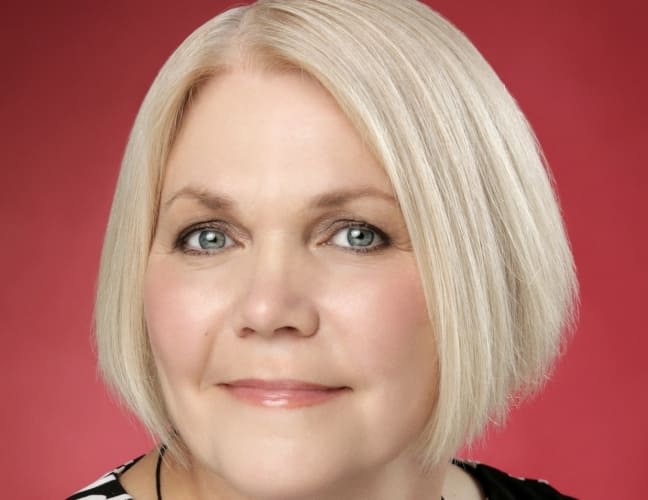
“I didn’t know that other people didn’t spend days stuck in the same negative thought pattern, or lie awake every night worrying irrationally when there was nothing to worry about,” she explains.
“I was lucky. I responded to treatment quickly and it was like someone had turned on the lights. I realised I had been suffering this curse my whole adult life.”
Bernadette says the diagnosis helped her realise why her projects thus far hadn’t been entirely successful.
“Before I had been diagnosed and treated for depression, my results had been mediocre to say the least. I now know the illness was undermining my efforts,” she says.
“I would buy a property and the minute it had settled, I would start to panic. While I never really lost money, I got very close and when I look back now, I cringe at some of the decisions I made.
“I also had an irrational fear of debt and was a workaholic – my husband and I had our first home paid off in less than five years. Not having debt is usually a good thing, but unfortunately I was possessed and made unwise decisions to sell properties when we didn’t need to, just because I wanted to settle the debt.
I was possessed and made unwise decisions to sell properties when we didn’t need to, just because I wanted to settle the debt
“I was also very obsessive about my projects. I didn’t have a lot of perspective, so I renovated or built to a standard that my market couldn’t afford, which ate away at the profit.”
Bernadette says she has now completely transformed her life and, in turn, her renovation results.
“I can think a lot clearer now. I found that if I spent time on researching my market, buying the right property at the right price, structuring the deal and project managing the renovation rather than doing the work myself I could reliably produce a 20 per cent profit, which equates to around $200,000 per project.”
Losing everything
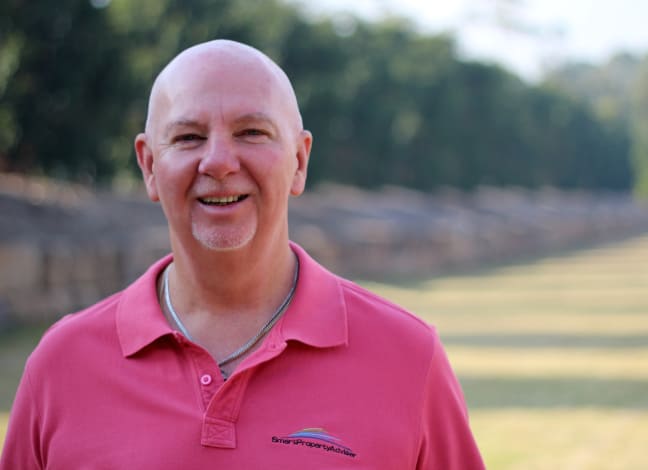
After a retail career that involved various relocations, Kevin Lee decided he wanted a more stable job so his daughter could attend just one high school.
He couldn’t find the right fit, so he decided to buy his own business – “because I thought I knew everything”.
“I got sucked in by the profits that it was showing,” he explains.
Kevin bought the Australasian rights to a software package for the medical and fitness industry. He was still trying to work out how to generate the profits he’d been promised when he was contacted by a detective informing him he’d been named in a fraud case – as the perpetrator.
He then discovered that instead of being the sole owner of the rights, he was in fact the fifth buyer, and along with others, he had bought into a fraudulent scheme.
Kevin lost his superannuation, his savings, his house and his business – pretty much everything except his second-hand car.
“I went from being what you would call a successful person in business with some asset base to an overnight financial disaster,” he says.
So it was back to square one.
He joined a bank as a mature-age trainee on less than half the salary he’d had during his retail years. Kevin says he soaked up all the training and realised he had a lot to learn about money.
Kevin credits his people skills for his new-found banking success, and he was soon elevated to branch manager.
After 18 months of renting, Kevin was finally able to get a staff loan from the bank and get back on the property ladder – but he was starting at the bottom.
“It wasn’t the worst house in the best street that I bought – it was the worst house in the whole damn district,” he says.
Kevin was determined not to let his family down again and turned his purchase into a goldmine.
He was able to renovate the property to manufacture equity and build some savings. Two years later, he was ready to purchase again. But it wasn’t long before Kevin realised he wasn’t earning enough to be a negatively-geared investor – “that was a slap in the face”.
So Kevin, determined not to let another roadblock stall his wealth creation, realised he needed a different approach.
“I wanted to buy something in Sydney, but there was just no way – the banks wouldn’t give me the money,” he says. “So I went to Brisbane and for what it was going to cost me for a one-bedroom unit in Sydney, I bought two studios in New Farm and a three-bedroom house in Caboolture. All three of them together cost the same as a one-bedroom unit in Surry Hills.”
The year was 1997 and Kevin was able to get the New Farm studios for $65,000 and $88,000. The Caboolture house cost $40,000. The properties were instantly cash-flow positive with rents of $120, $135 and $120 a week respectively.
“When I lost my super and everything else, I needed to make a decision as to how the hell I was going to have anything for retirement,” he says. “So not only did I need to have some sort of income when I retired, I also needed to have an asset base that would be unencumbered.”
Kevin credits positive cash-flow properties for turning around his fortunes.
“I’m not the smartest tool in the shed, but I’m a good learner,” he says.
Kevin celebrated his 60th birthday last month and now has $600,000 in superannuation and a $4.5 million portfolio, with about $2 million worth of debt.
His properties are now so cash-flow positive that the income from them is three times the amount going out for the mortgage repayments.
A brighter future
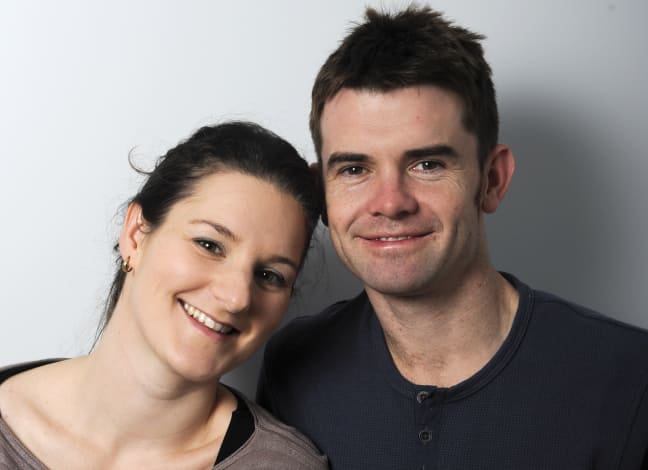
Amanda and Mark Ikin, a couple with two young children, took a massive hit to their weekly income and decided they needed something extra to supplement their cash flow.
They fell into property investment when Amanda’s parents decided to sell up and move. They purchased the house Amanda’s parents were selling as a trial run to learn what property investment was all about.
Their circumstances changed again when they were forced to move from Melbourne to Gippsland. In order to do this they had to sell their first investment property, but they were able to hold onto their Melbourne home and turn it into an investment.
“That was pre-kids, so we obviously had a lot more disposable income at that point in time,” Amanda explains.
Amanda and Mark’s income took a hit when they moved out to Gippsland, with Amanda giving up her high-paying city job to look after her children and Mark taking over his family’s small business.
“Prior to kids we were both earning very good money. We went from solid full-time incomes to just the one self-employed income. It was a significant change to our financial circumstances in a very short space of time. On paper there was no way we could have continued without putting a few things in place,” Amanda says.
Amanda and Mark’s motivation to invest in property was furthered by retirement concerns. Mark, a former professional squash player, hadn’t been required to contribute to superannuation. They decided that even if they purchased properties that didn’t significantly go up in value, the worst case scenario would be that they could use the rental income to supplement their retirement further down the track.
“Being self-employed, for us everything is about cash flow,” Amanda says. “Cash flow is more important than how many dollars you have in a lot of instances. So if you can purchase an asset and have someone else pay for it without having to contribute week to week, then obviously you’ve got nothing to lose.”
Amanda says being self-employed has limited their loan options somewhat, but by having a dedicated mortgage broker and good cash flow they have been able to keep investing.
“We’ve just purchased another investment property in Queensland,” she says. “The longer-term plan is to pay off our primary place of residence in the next seven years, prior to the kids going to high school, and we believe investing in property will help us do that.”
Amanda says people on low incomes, or who experience changes to their financial circumstances, can still build wealth through investing in property.
“You’ve got to be in it to get anything out of it,” she says. “We’ve been lucky. We’ve had all positive experiences so far. The risk seems big when you first look at it, but if you go in with safety nets in place, you can’t really go too wrong. The biggest lesson is just to get in and have a go.”
Starting from scratch
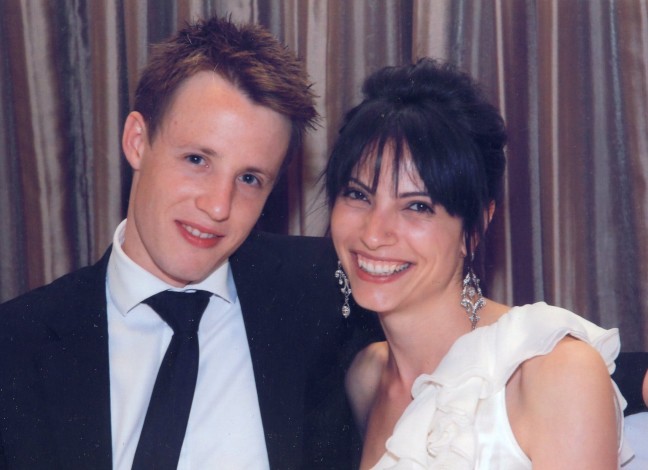
Tim and Karina have always been interested in investing in property, but their first foray into the market wasn’t entirely successful.
Their properties were cross-collateralised and they were making poor decisions based on emotion.
“We needed to stop thinking about the properties as if we would live in them,” Karina says. “We had an emotional attachment to the properties and that doesn’t always help you pick the best investment property.”
Years ago, the couple had their principal place of residence, an investment property, a holiday house, and Karina also had her name on the title of another property.
“We were kind of involved in four properties, but we were also very keen to become active property investors and try and set ourselves up for our future,” Tim says.
“The way we had our portfolio set up was quite messy. We were the classic case of cross-collateralisation, which was obviously going to limit us moving forward.”
Upon realising they weren’t sure how to improve their situation, Tim and Karina met up with a property mentor.
“In our first meeting with David, we were told to sell our properties. It came as a bit of a surprise, but it was very good advice,” Tim says.
Despite being somewhat involved with four properties, if the couple were going to transition to become ‘active’ and successful investors, they would need to start from scratch. Their portfolio was, by all accounts, a mess.
“Once that emotion was removed, it was very easy to sell the properties and think about the future,” Tim says.
Over the past six months, the couple have been selling their assets and have also bought a new investment property that fits better with their overall strategy.
“We’re very proud of it,” says Tim. “It’s very much aligned with our investment goals and it’s the first time we’ve invested outside of our home state of South Australia. We bought in Queensland in Doolandella – a suburb that’s been identified as a growth area, 17 kilometres south of Brisbane.
“We’re very pleased. We secured a tenant very quickly at above the market rate and we look forward to re-evaluating the property in about 12 months’ time and hopefully locking in some equity growth.”
Tim and Karina say the key change they made was aligning their finance strategy with their property strategy.
“By selling our properties and starting again with a strong foundation we are now in a much better position to understand our buying power/serviceability and take advantage of good opportunities that become available – instead of waiting for our properties to grow in value, which can be a slow process if you don’t have strong properties to start with,” explains Tim.
“We really didn’t understand the impact it can have if you get your finances wrong. If you get your finances wrong from the beginning, you’re in big trouble. You can end up limiting yourself very quickly.”
From $100 to a multimillion-dollar portfolio
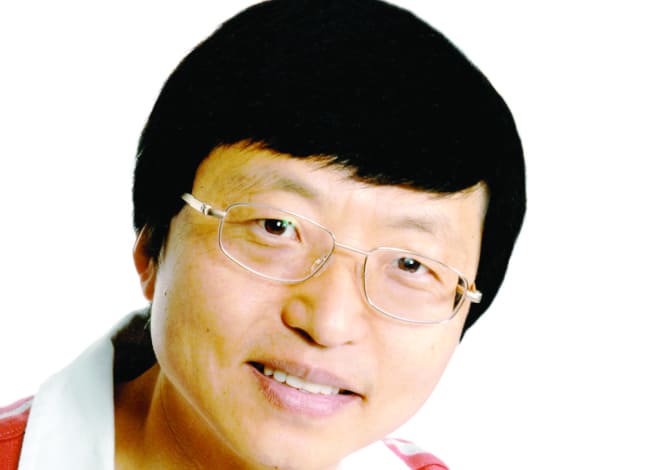
Peter Huang arrived in Australia from China in 1991 with US$100 in his pocket. He had borrowed money from family and friends to cover his airfare and had promised them a 20 per cent return on their investment.
After picking up his luggage at Brisbane Airport, the first thing he did was go to the Foreign Exchange Service counter to change his US$100 note into AU$125.
He was soon working four or five jobs and 100 hours a week to save money to “pay back his investors”.
Peter soon realised Australia had three main industries he could profit from.
“I gave some thought to my future direction and thought that real estate was probably the way to go,” he says. “In Australia there were three major industries: the first was tourism, another was real estate, and mining at the time was terrible, so it was quite challenging 20 years ago.”
Peter made the move into real estate because he knew his family back in China was relying on him to succeed. Having survived on just $125 when he arrived in Australia, he’d also become very good at saving and using his money wisely.
In 1993 he joined a real estate company, but arrived at work one day in 1995 to find his principal, sales manager and secretary all standing in front of an empty office.
Peter says there was no prior warning the business’ main investor had decided to pull the plug. There was no notice, no compensation and all the equipment, data and systems had been removed.
Distressed at the thought of leaving his vendors and landlords in a state of flux, Peter decided to launch his own company, Yong Real Estate.
Then, in 1997, a colleague gave Peter a property investment book by Jan Somers.
“After I read this book I felt very excited and realised there was a great opportunity to buy real estate,” he says.
And buy real estate he did. Within one year, he had purchased 15 properties.
He started off by buying cheap properties that were cash-flow positive. The properties were generating around a six per cent return. He says he was largely able to do this by using other people’s money.
“Property is the best way to build wealth because it is the only product for which the bank is willing to lend 90 to 95 per cent of its value. So it means the banks see property as having the least risk,” he says.
“So you can potentially leverage other people’s money, the bank’s money, to increase your return.”
Peter says if people need to ‘bounce back’ financially, property is the way to go.
In his book, The Australian Dream and $1 properties, Peter says you need to buy when there is a bargain, keep an eye out for rezoning and follow major infrastructure changes. He also says he bought when others weren’t willing to buy – “most of my purchases were properties that others did not want”.
Peter has since moved into development and says the eventual completion value of his solely-owned land-banking properties once fully developed would be worth around $900 million.